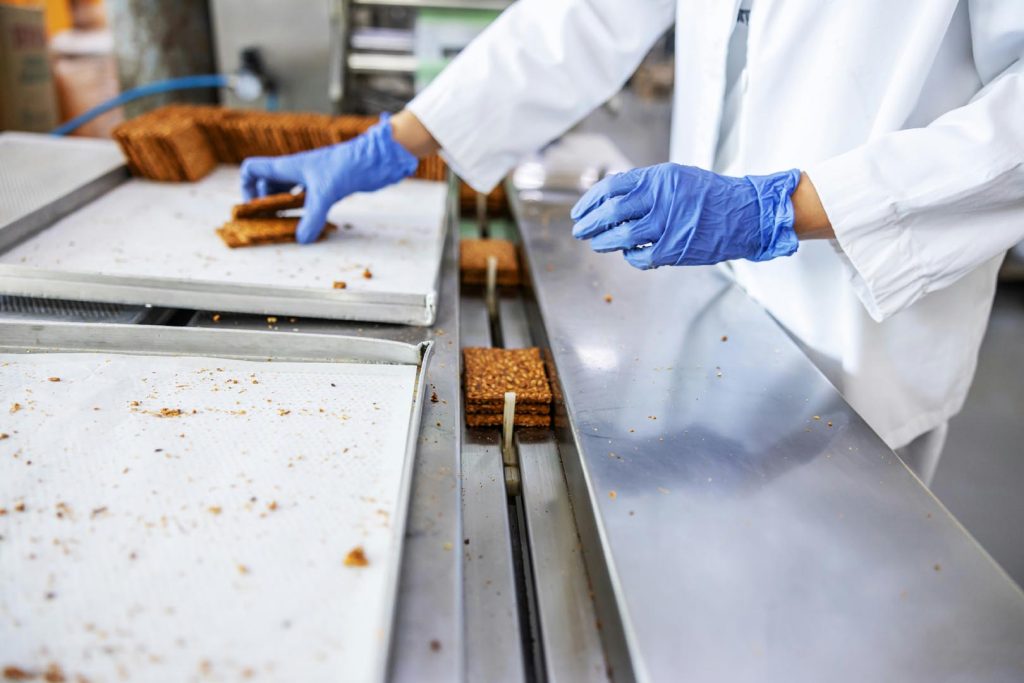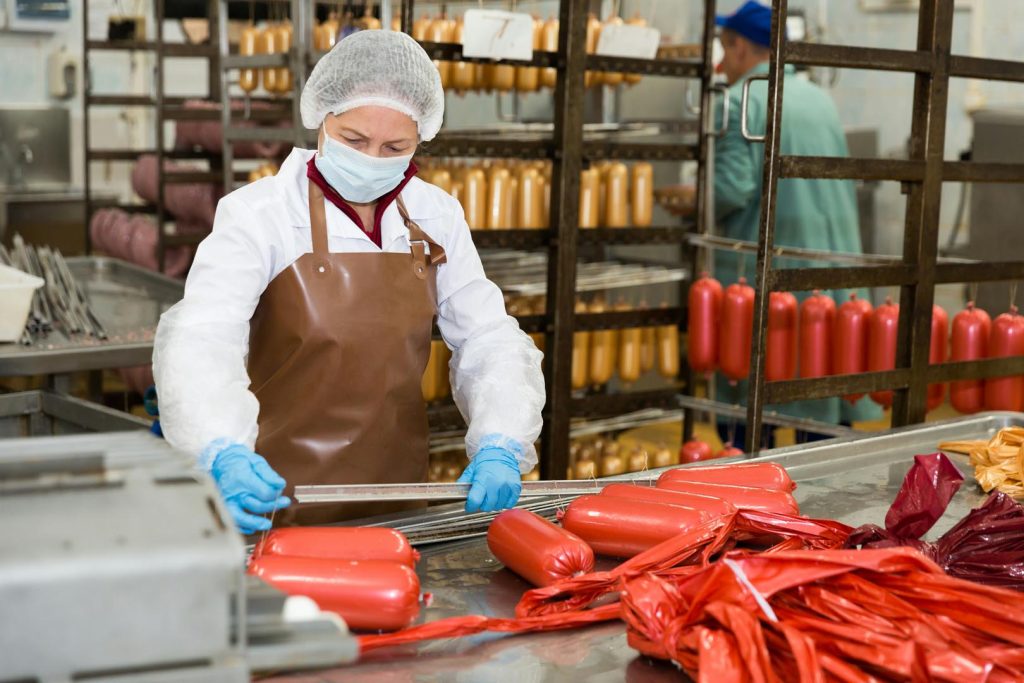Food &
Beverage
Food & Beverage
In a food & beverage manufacturing company, projects aimed at improving results can encompass various aspects of operations, product development, quality assurance, sustainability, and innovation. Here are some project ideas tailored to the food & beverage manufacturing industry:

1. Product Innovation and Development
- New Product Launches: Develop food and beverage products catering to emerging consumer trends, preferences, and dietary needs, leveraging market research and insights.
- Product Line Extensions: Expand existing lines with new flavors, varieties, and packaging formats to appeal to diverse customer segments and increase market share.
- Clean Label and Natural Ingredients: Reformulate products with clean label, natural flavors, and functional ingredients aligning with consumer demand for healthier, cleaner, and transparent options.
2. Quality Assurance and Food Safety
- Quality Management Systems (QMS): Implement robust QMS frameworks and processes to ensure adherence to food safety standards, regulatory compliance, and consistent product quality.
- Hazard Analysis and Critical Control Points (HACCP): Enhance HACCP programs and food safety protocols to identify and mitigate hazards at critical control points during manufacturing.
- Supplier Quality Assurance: Strengthen supplier quality assurance programs and partnerships to ensure the safety and quality of raw materials, ingredients, and packaging.
3. Operational Efficiency and Process Optimization
- Lean Manufacturing Implementation: Apply lean principles to streamline production, reduce waste, and improve efficiency from ingredient sourcing to finished product packaging.
- Production Line Automation: Invest in robotics, conveyors, and packaging equipment to boost throughput, cut labor costs, and enhance production flexibility.
- Energy Efficiency Upgrades: Implement initiatives like equipment upgrades, efficient lighting, and waste heat recovery to cut energy consumption and operating costs.

4. Sustainability Initiatives and Environmental Stewardship
- Sustainable Sourcing Practices: Source raw materials from sustainable, ethical suppliers, supporting responsible agricultural practices, biodiversity conservation, and fair trade.
- Waste Reduction and Recycling Programs: Implement strategies, recycling, and composting to minimize food and packaging waste, reducing environmental impact.
- Carbon Footprint Reduction: Set emission reduction targets, use measurement tools, and invest in renewable energy to mitigate climate change and promote sustainability.

5. Packaging Innovation and Eco-Friendly Solutions
- Environmentally Friendly Packaging: Develop sustainable solutions like biodegradable, compostable, and recyclable alternatives to reduce plastic waste and pollution.
- Smart Packaging Technologies:Integrate QR codes, RFID tags, and freshness indicators to improve traceability, extend shelf life, and engage consumers.
- Reduced Packaging Waste:Optimize designs and portion sizes to minimize waste, optimize shipping and storage, and cut transportation emissions.
6. Supply Chain Optimization and Logistics
- Supply Chain Visibility and Traceability: Enhance visibility and traceability with blockchain, IoT sensors, and supply chain management software to track product movement, ensure authenticity, and mitigate risks.
- Demand Forecasting and Inventory Management: Implement forecasting models and optimization tools to improve turnover, reduce stockouts, and minimize holding costs.
- Collaborative Logistics Partnerships: Collaborate with partners to optimize routes, consolidate shipments, and cut costs while maintaining freshness and quality.
7. Brand Building and Marketing Initiatives
- Brand Refresh and Packaging Redesign: Update brand identity, logos, and packaging to align with evolving consumer preferences, lifestyle trends, and brand positioning.
- Digital Marketing Campaigns: Launch campaigns, social media activations, and influencer partnerships to boost brand awareness, engage audiences, and drive product trial and purchase intent.
- Product Sampling and Experiential Marketing: Host sampling events, experiential activations, and consumer engagement activities to create memorable experiences and generate word-of-mouth buzz.
8. Food Safety Training and Employee Development
- Food Safety Certification Programs: Offer ongoing training, certification, and re-certification for employees at all levels to ensure compliance with regulations and best practices.
- Continuous Improvement Culture: Encourage a culture of improvement by empowering employees to identify inefficiencies, propose solutions, and participate in improvement projects.
- Skill Development and Cross-Training: Invest in skill development and cross-training to enhance workforce flexibility, resilience, and adaptability to changing market conditions.
By implementing these projects, food & beverage manufacturing companies can enhance product quality, operational efficiency, sustainability performance, brand reputation, and financial results, positioning themselves for long-term success and growth in the competitive food industry.